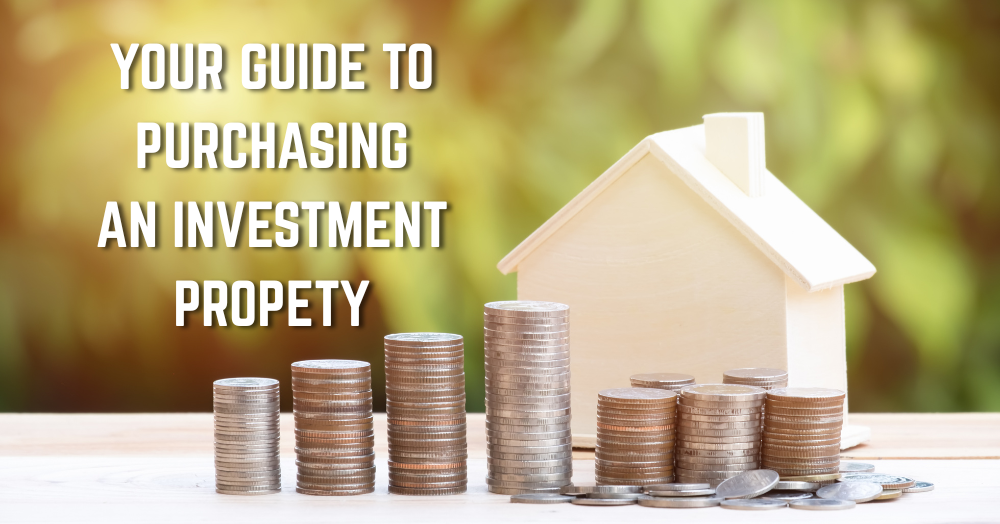Whether you’re looking to gain monthly profit from a tenant or grow your money in a capital investment, property is a fantastic way to make additional income. There are however things to consider before buying, see our top tips before you make the jump…
As with any property advice, 🏡 each property and buy-to-let situation is different, so be sure to ask for specific advice before you get started. Agents can often spot an incredible opportunity and guide you in the right direction. Make sure you talk to an experienced agent you can trust.
1️⃣ Calculate your yield
A rental yield tells you how much 📊 of an annual return you are likely to get.
Formula: (Annual rent ÷ purchase price) x 100
Example: (£6,000 ÷ £150,000) x 100 = 4.4%
2️⃣ Consider capital growth
Capital growth = 📈 the value increase of a property over time.
3️⃣ Check for demand
Certain areas and property types attract more tenants 👀 — ask a local agent about demand in each area.
4️⃣ Look for convenience
🚗 Parking, 🚌 transport, 🏫 schools and local amenities increase appeal.
5️⃣ Widen your target market
Choose a property that appeals broadly, not just to your own preferences. This keeps demand and rent levels strong.
6️⃣ Consider the property itself
Location is 🔑. Think about layout, parking, and garden size.
7️⃣ Estimate maintenance & repair costs
🛠️ Factor in age, condition, heating, and electrical systems.
8️⃣ Factor in fees
💷 Mortgage, agency fees, insurance, service charges (if leasehold).
9️⃣ Minimise voids
Build good tenant relationships to reduce vacant periods ⏳.
🔟 Check the EPC
Energy efficiency rules are tightening — properties will likely need a rating of ‘C’ by 2025 for new tenancies.
1️⃣1️⃣ Cash flow & affordability
Always keep a financial buffer 💡. Repairs, mortgage payments, and emergencies can’t wait.
Ready to get started? Get in touch to see what potential buy-to-let properties we have available or with questions about becoming a landlord. We are here and ready to help!
We are here and ready to help in any way we can. 🧑💼
☎️ Call: 01474 321957
📧 Email: richard@mandmprop.co.uk


